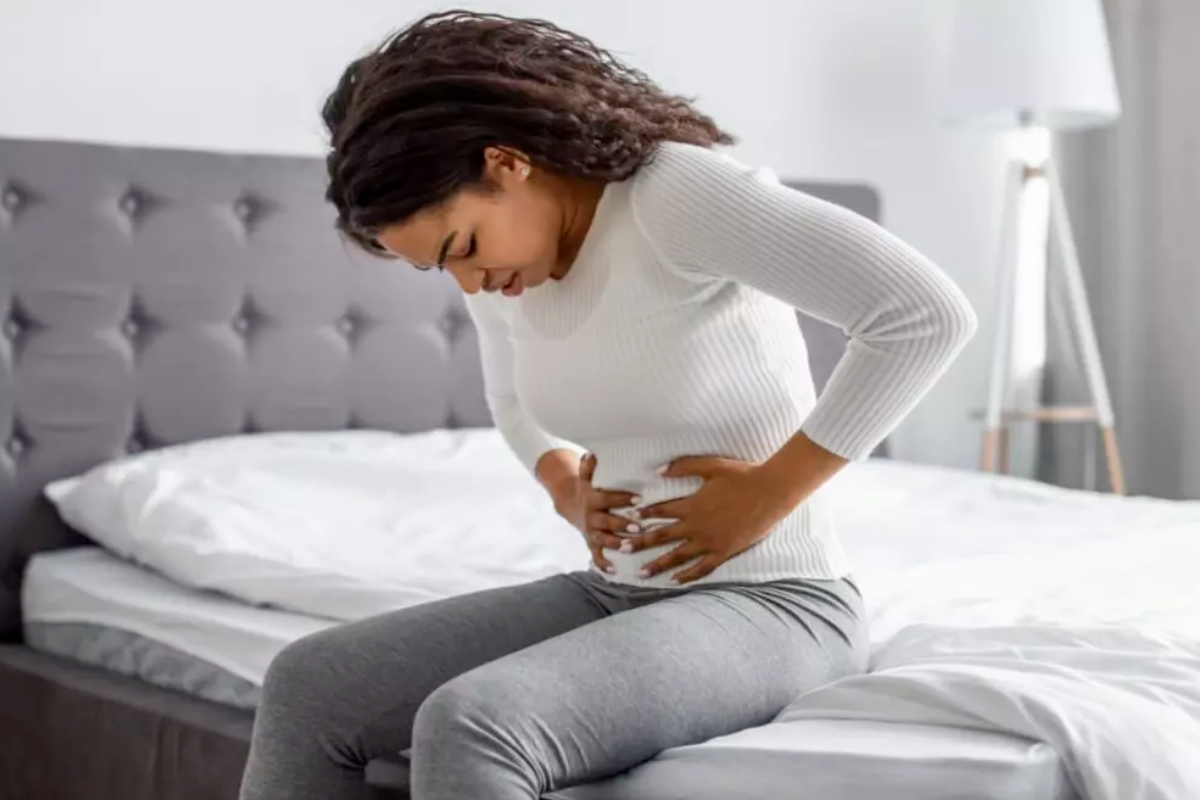What Stage of Menopause Am I In?

Premenopause
You are having regular menstrual periods and could become pregnant.
In your late 30s, you may experience subtle changes in your period flow and the length of your menstrual cycle. However, you will most likely not experience any other menopause-related symptoms.
Premature menopause
About 1% of women undergo premature menopause (menopause onset before age 40) and experience menopause symptoms starting in their mid to late 30s.
Causes of premature menopause:
- Cancer treatment
- Surgical removal of the ovaries (oophorectomy)
- Primary Ovarian Insufficiency
Consult your healthcare provider if you experience menopause symptoms before age 40. It’s important to rule out other contributions to irregular periods, mood swings, vaginal dryness, pain with sex, hot flashes, low libido, sleep disturbance, weight gain or cognitive changes.
Perimenopause
The period of transition from premenopause to menopause.
Ovulation becomes less predictable. Progesterone and estrogen levels in the body begin to fluctuate and decrease. You can still become pregnant until you’ve officially reached menopause.
Early perimenopause
Usually begins around age 40, can last for several years
Your menstrual cycle:
- Changes in the length by more than seven days
- Changes in flow and length of period
Other symptoms like sleep disturbance and fatigue are subtle so women often attribute them to stress or other lifestyle factors.
Late perimenopause
About 1-3 years away from menopause
Your menstrual cycle:
- Notably irregular period – often skips a month or two
- Flow may change (heavier or lighter bleeding, longer or shorter duration, spotting)
- You can still get pregnant
Other symptoms
- Menopause-related symptoms are more noticeable
- Hot flashes/night sweats usually become significant
- About 15% of women have minimal symptoms; another 15% have severe severe symptoms
Menopause
Usually between age 45-55, average age 51
Menopause is a milestone, not a phase
Menopause = having no periods for 12 consecutive months
(If you go 11 months without a period and then get one, the clock starts again)
Early natural menopause
Reaching menopause at age 40-44
- 5% of women experience this
- The most common causes are a history of smoking, chemotherapy or radiation, family history, some autoimmune conditions, being underweight at any point in your life or oophorectomy (surgical removal of ovaries)
Late menopause
Reaching menopause after age 55
- 5% experience this
- Typically due to lifestyle factors and/or high BMI
Postmenopause
The time spanning the rest of your life after menopause
Early postmenopause
Usually lasts five to seven years after menopause
- Menopause-related symptoms can be more frequent/intense
- 60-80% of women in this stage report hot flashes and night sweats
Late postmenopause
- Menopause-related symptoms usually decrease except for genitourinary syndrome of menopause (GSM) —although some women experience hot flashes for a decade or more.
- GSM is characterized by vaginal dryness and irritation, pain with sex, urinary frequency and frequent UTIs. Without treatment, GSM tends to worsen as time passes after menopause. Fortunately, many effective management options are available.
- Without intervention, women gradually continue to lose bone density and muscle mass over time.
Risk of Health Conditions Increases After Menopause
Chronic disease risk generally increases with age for all people, but the hormonal changes of menopause particularly affect your risk of developing chronic health conditions. While you can’t avoid hormonal change, you can effectively manage your risk by keeping track of health markers and committing to a healthy lifestyle.
Postmenopausal women should be aware that their risk of these conditions is elevated:
Cardiovascular Disease & Stroke
- Monitor blood pressure and cholesterol at regular wellness visits
- More severe vasomotor symptoms (hot flashes), poor sleep, and depression are associated with an increased risk of heart disease
Diabetes
- Monitor fasting blood glucose or hemoglobin A1C and body weight at regular wellness visits
- Nutrition and exercise are critical for maintaining metabolic health
Osteoporosis
- There are usually no symptoms of osteoporosis until someone experiences a fracture
- Bone density scans are often recommended for all women over 65 and those who are younger with additional risk factors
Sign up for more unique women’s health content
By submitting this form, you agree to the Lisa Health Privacy Policy and Terms of Use


